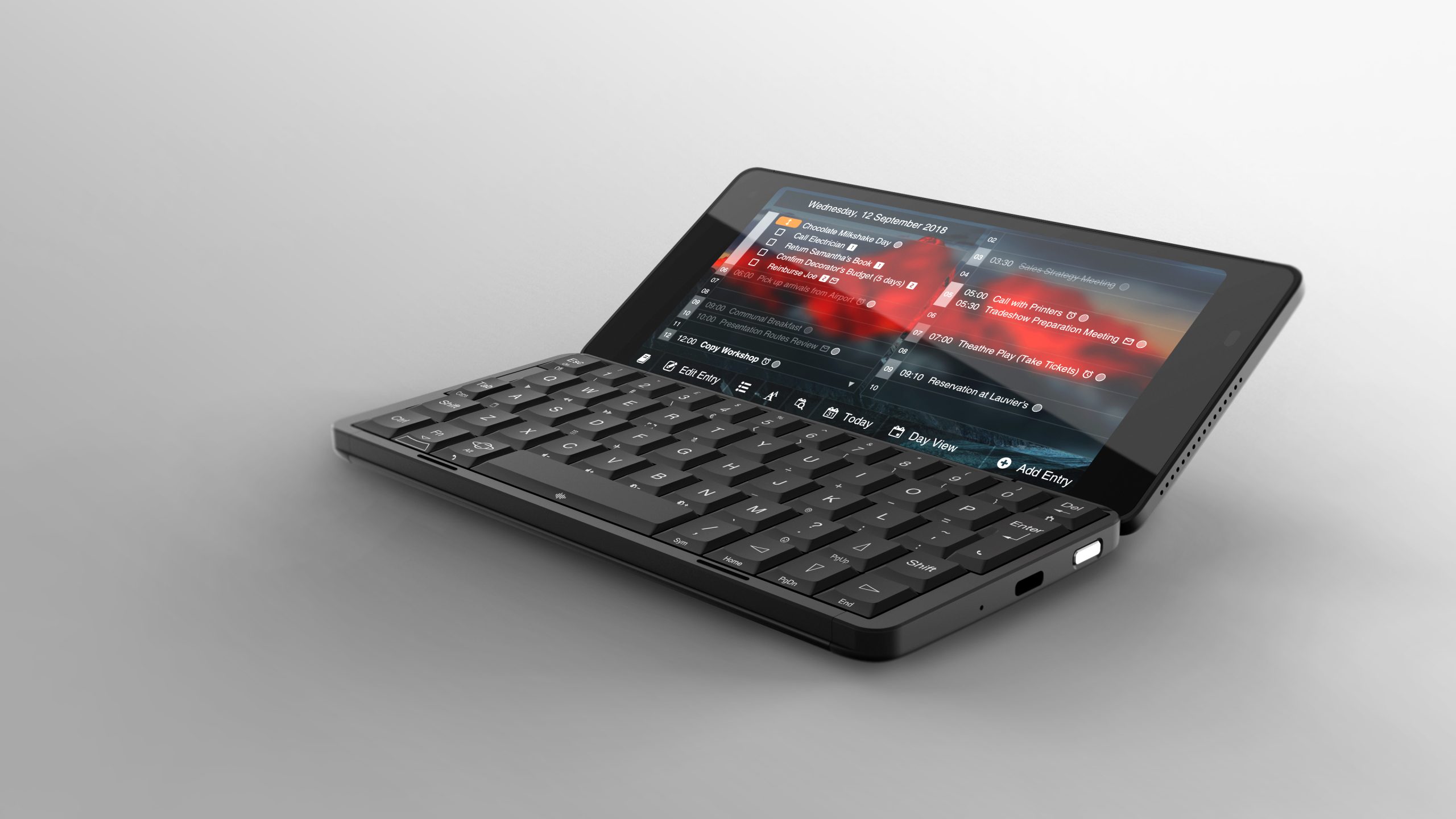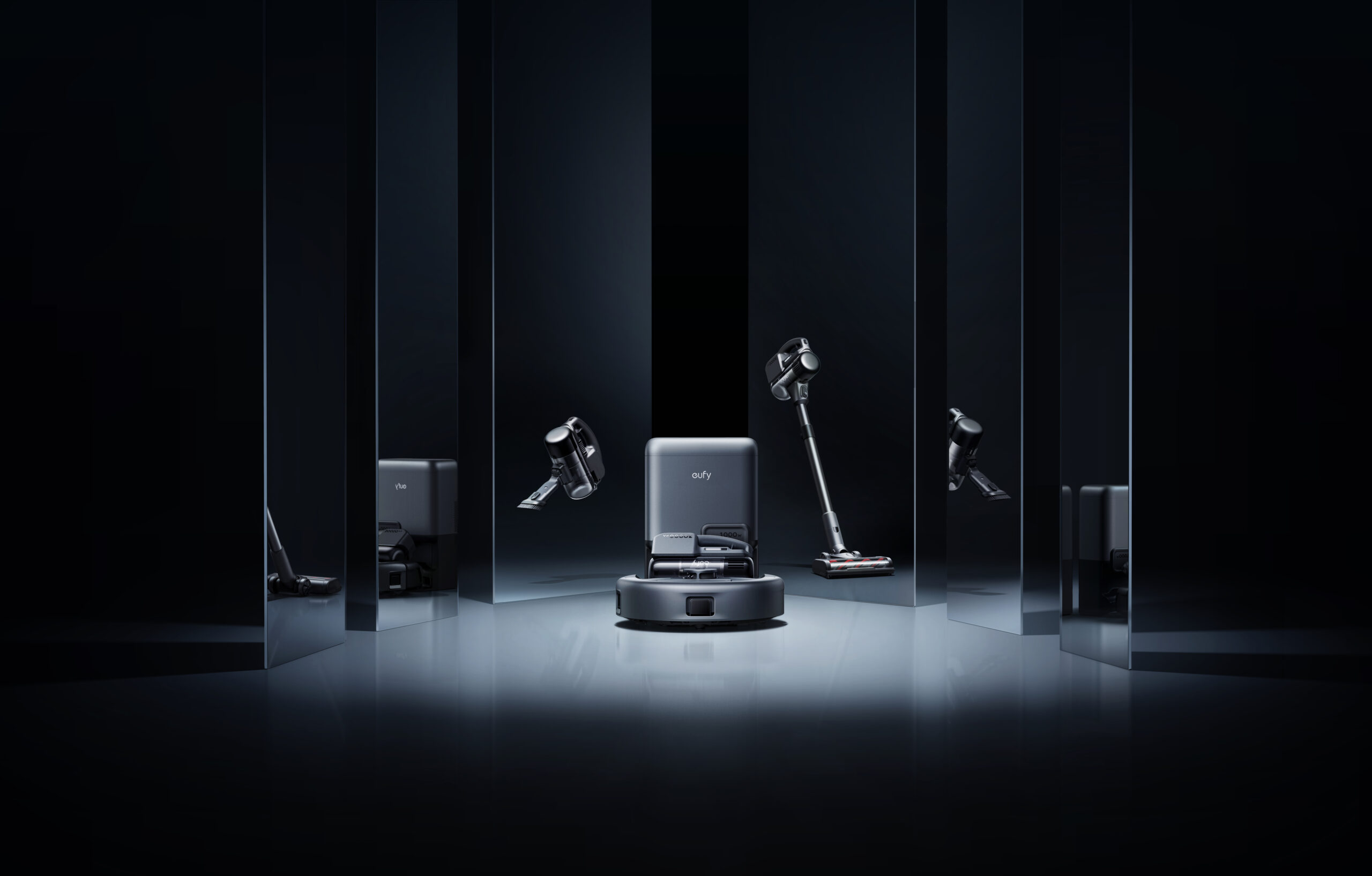Elgato Wave DX and Wave XLR Review
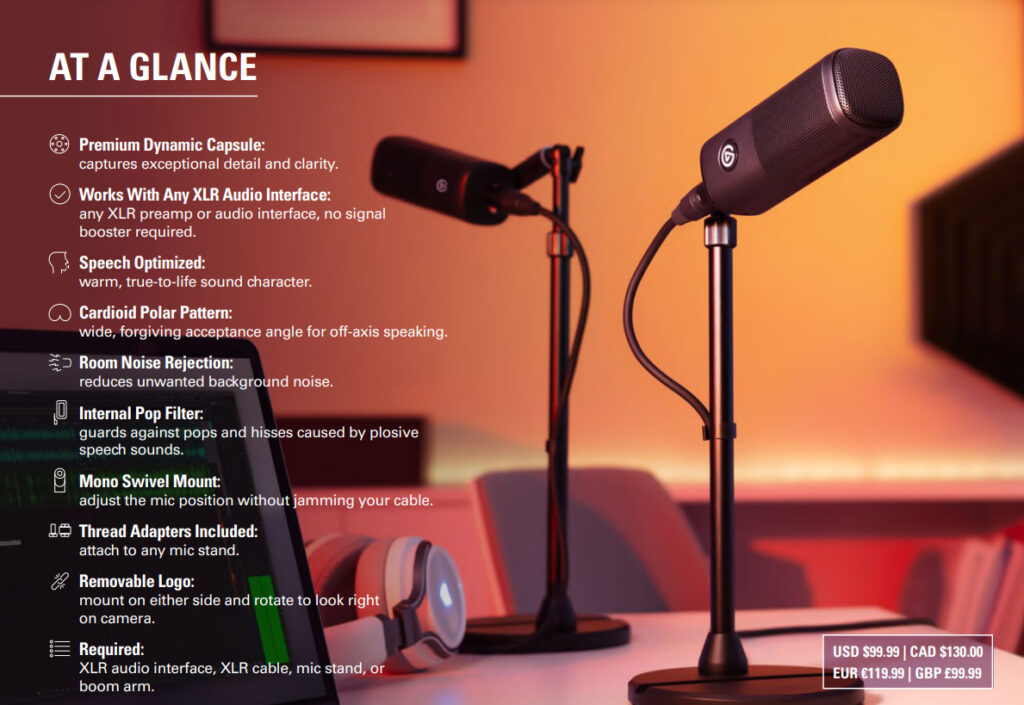
Fast Specs
| Frequency Response | 50-15000 Hz |
| Sensitivity | 2.5 mV/Pa -52 dbV/Pa |
| Impedance | 600 Ohm |
| Dimensions | 53 x 53 x 146 mm |
| Weight | 440 g |
| Connector | 3-pin XLR |
An Elgato Wave DX microphone and Wave XLR mixer were provided for review purposes.
Hear me Out
Elgato’s Wave DX is a microphone designed to make voices well-rounded and full. This is exactly what I aim for. It is especially prevalent because I recently began a YouTube Channel and wanted to improve my audio quality. Though I have only used a few microphones thus far, I was eager to tackle this hardware review. I also got the opportunity to use the Wave XLR mixer as a mixer is required to use this microphone. Thus, once again, I am overly grateful to Elgato for the opportunity to review these two products. Find out how my experience fared in this Rapid Review.
Out of the gate, I was impressed with the packaging and appearance of the Wave DX and Wave XLR. Both the microphone and the mixer are sleek and aesthetically pleasing. Mine were a simple black colour which made them feel professional and functional. Typically, visuals do not play an overly large part in my experience. Yet, I was excited by how chic the Wave DX and Wave XLR are.
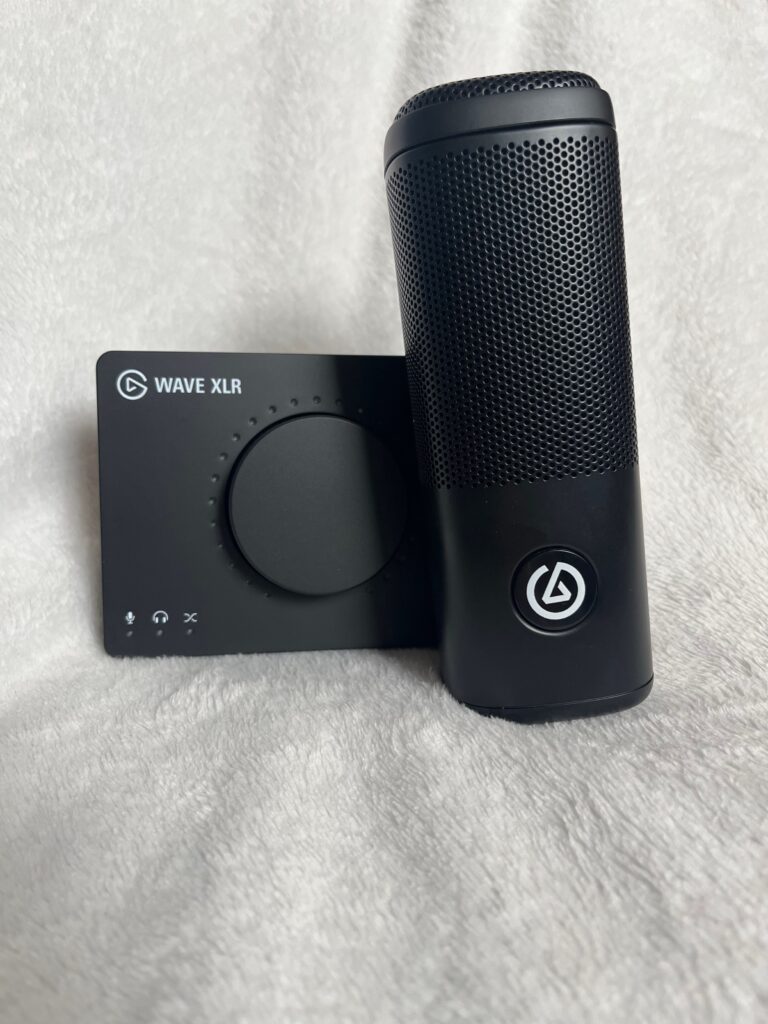
Off the Rip
However, the most important part of any microphone is the performance. Out of the box, I was impressed by the clarity of the microphone. I did some tests with it before doing any research, and my voice sounded great. It was easy to figure out how to use the Wave DX microphone and Wave XLR mixer on my computer. I did not even need to look anything up. There was little background noise in the recording. Plus, I could easily alter the gain on the Wave DX microphone with the Wave XLR mixer. I did not have to wait to adjust the settings in an editing software.
There were two key reasons I enjoyed recording with the Wave DX so much. One feature of the microphone is an internal pop filter. This automatically adjusted any audio that was too loud to a volume that was digestible for the microphone. This avoided a lot of cracking and peaking. It was cool. Even screaming into the microphone did not make the microphone peak or become staticky.
Key Features
Moreover, the microphone has excellent room noise rejection. Out of the box, the microphone sounds crisp and clear. Moreover, after calibrating it, I was further impressed by how little background noise I could hear. It was impressive, to say the least, and it made my voiceovers incredibly high quality.
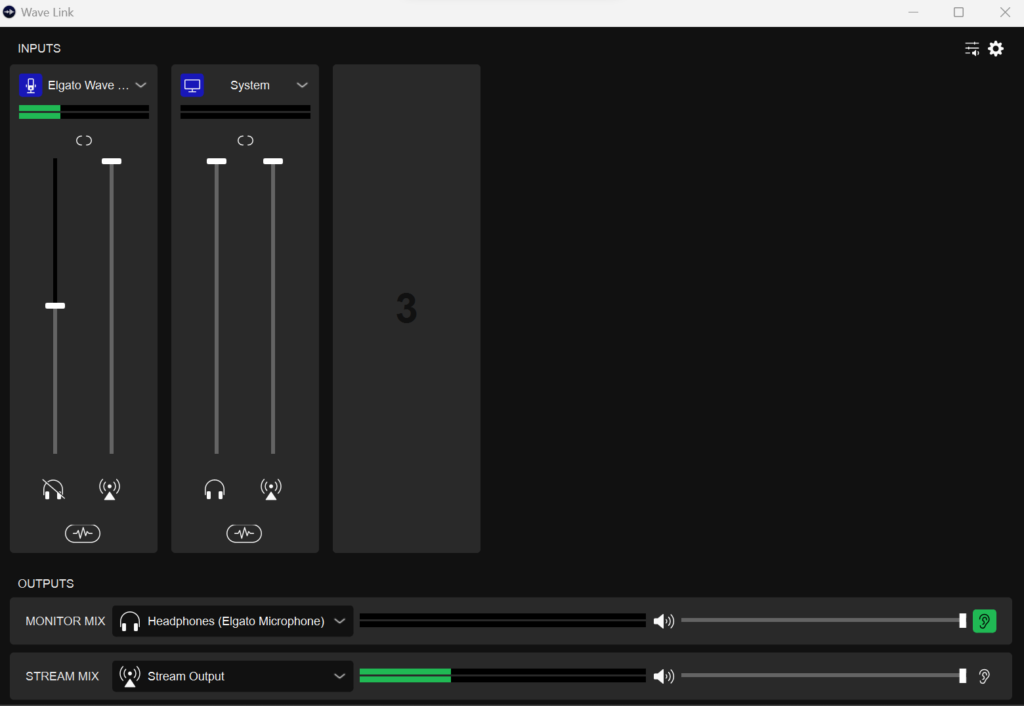
Despite being impressed with these features, I became even more attached to the device after learning about the Elgato Wave Link software. This is an easy-to-use interface that encourages customizing the microphone to settings that best fit the current environment. One of my favourite features the software had was a display that measured the amount of noise entering and exiting the microphone. Although similar features are available via OBS and other recording software, none of the ones I tried matched the accuracy or precision of Elgato Wave Link. This software made it effortless to measure and account for background noise in any environment without constantly testing different settings. It is a huge bonus to include with Elgato microphones, and I thoroughly enjoyed its detailed synopsis of ambient sound in a room.
Software Specifications
At the same time, this Elgato Wave Link software is a simple way to adjust volume compared to other audio inputs. While I typically do not record multiple levels of audio, during my testing, I found it very easy and effective to leverage this Wave Link software. All the audio levels are recorded in one place, so this makes it much easier to keep clips together when editing footage and balance multiple levels of audio (which could be helpful during a live stream). This did not necessarily revolutionize my experience in editing, but it was an excellent option to have.
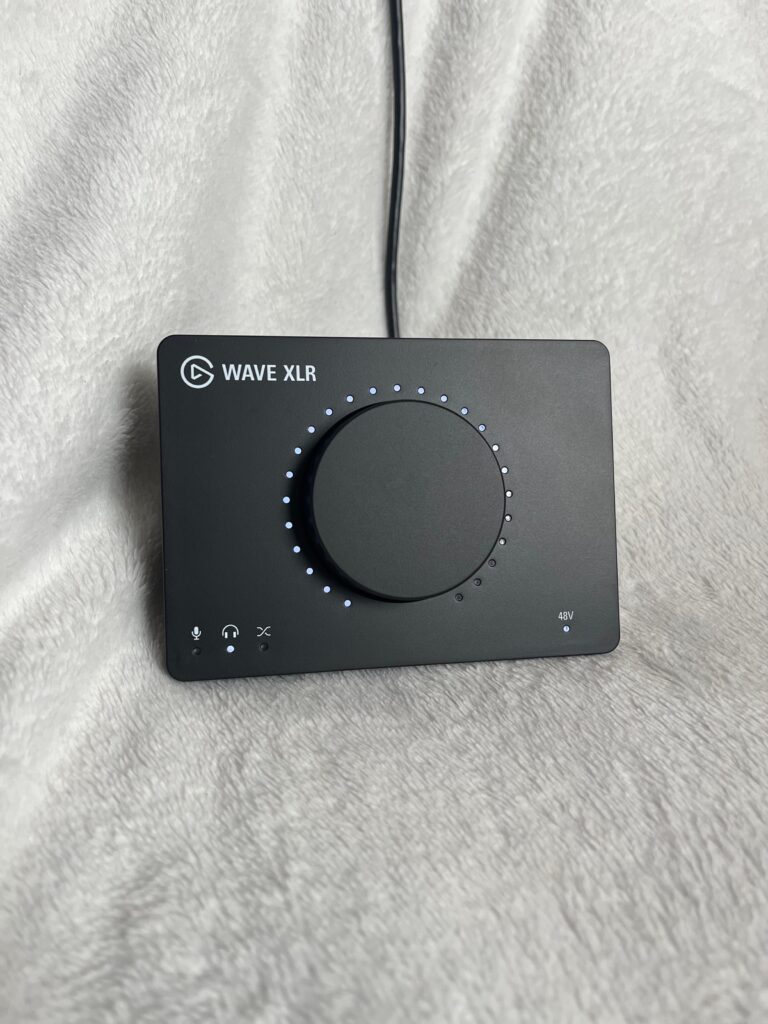
Despite many of the great things I mention about the package, another huge factor is the price and the number of necessary parts for the product to be functional. The Wave DX requires an XLR audio interface and an XLR cable. In addition to the price of the microphone, these requirements make the Elgato Wave DX a bit more expensive than it may initially seem. Moreover, since each component is required for the microphone to function, it is an investment that needs to be made upfront, and it cannot be broken up over time. It is a crucial thing to consider. It makes sense that each component is required for the Wave DX microphone to function, but this is important to note, as the items are not necessarily sold together.
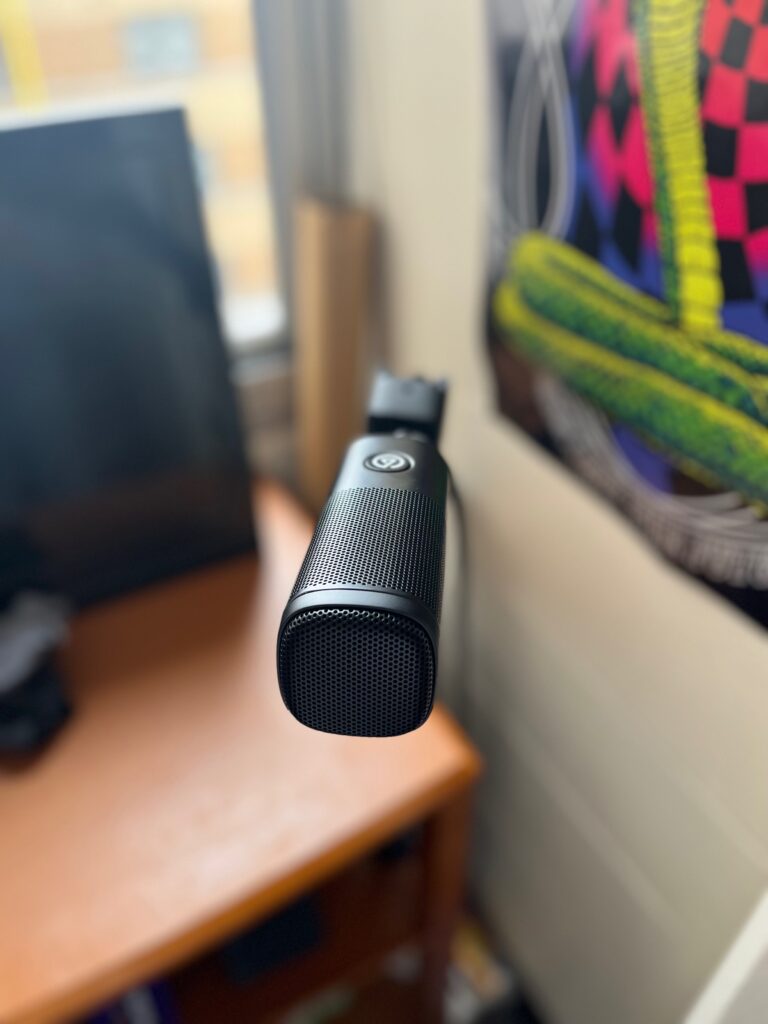
Should you Ride this Wave?
Despite the steep price, using the Elgato Wave DX alongside the Elgato Wave XLR has made for one of the easiest and most enjoyable recording experiences I have ever undergone. The models of the products are stylish, the audio quality is superb, and the Elgato Wave Link software is an incredible asset to complete any streaming or recording experience. For people striving for high-quality audio with the capacity to pay for it, the Elgato Wave DX microphone and Wave XLR mixer are excellent options. I have been very impressed and satisfied with both devices.
Rapid Reviews Rating

4.5 out of 5
4.5
You can purchase the Wave DX microphone here and the Wave XLR mixer here.



